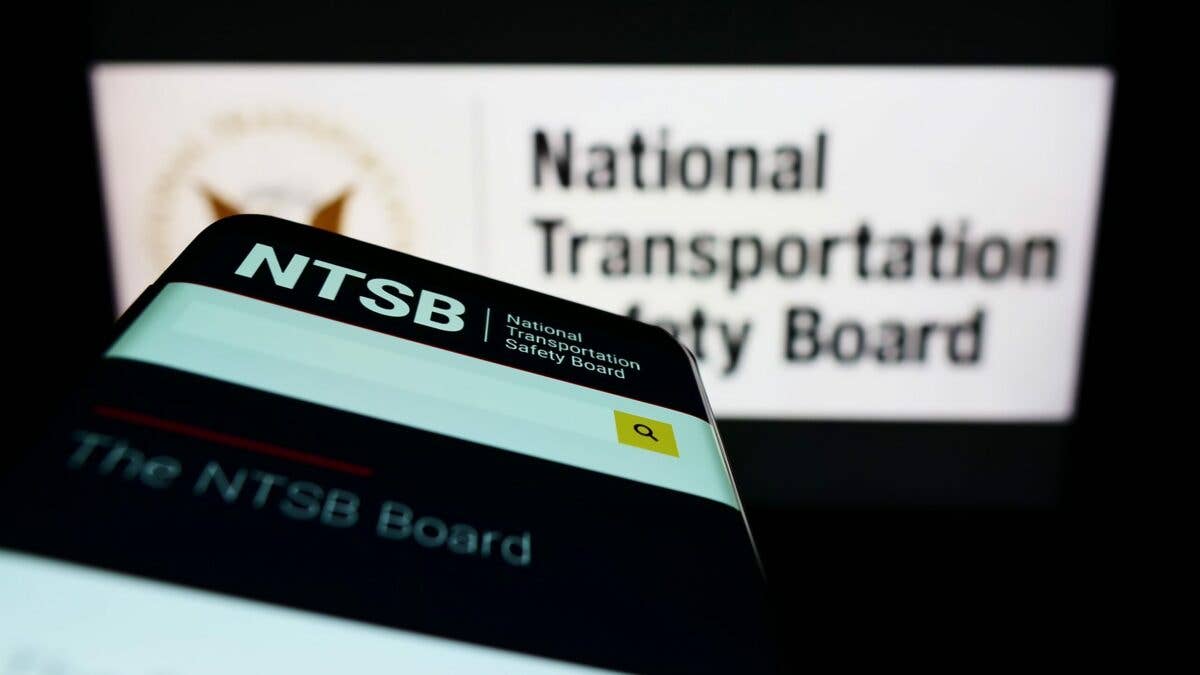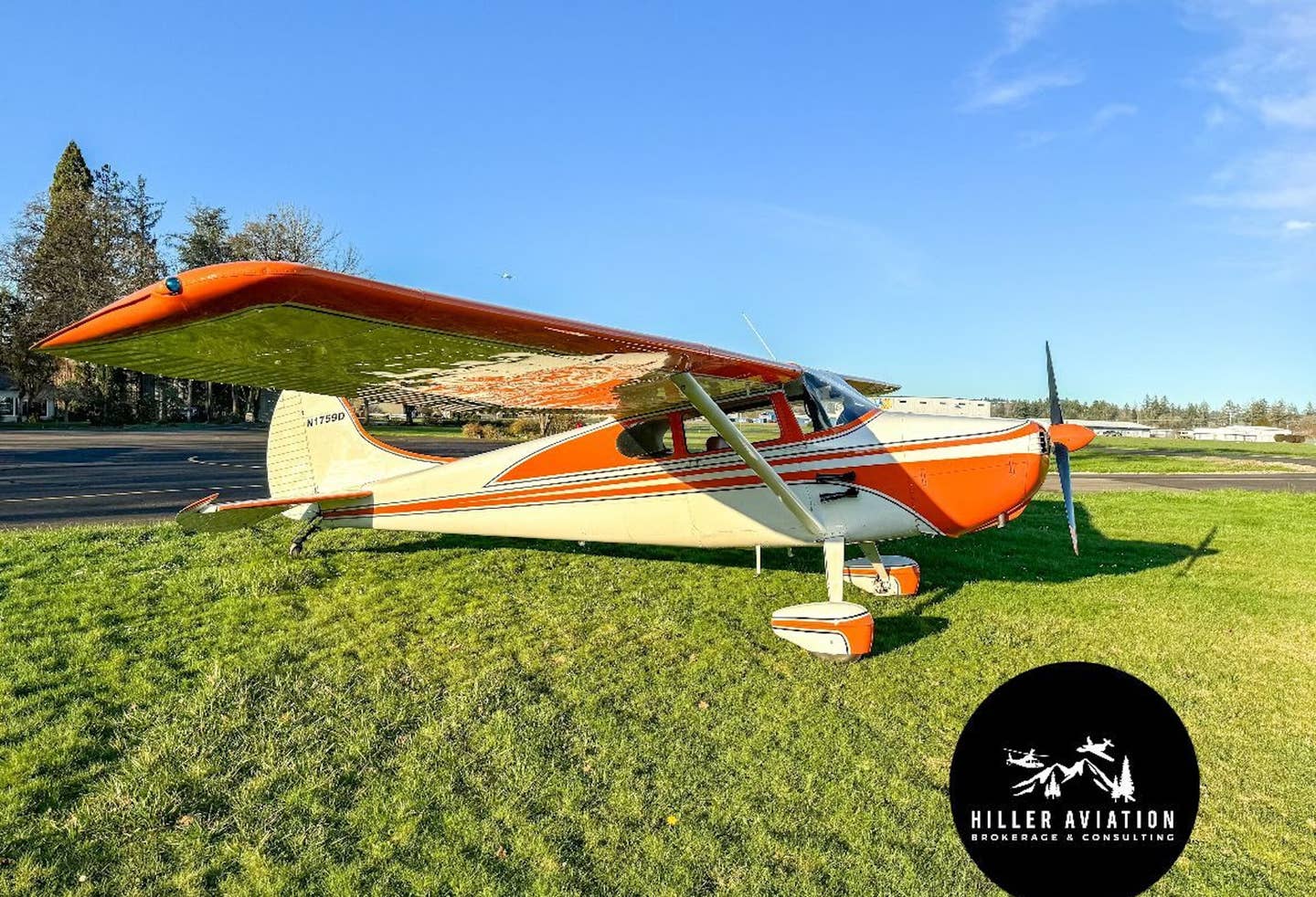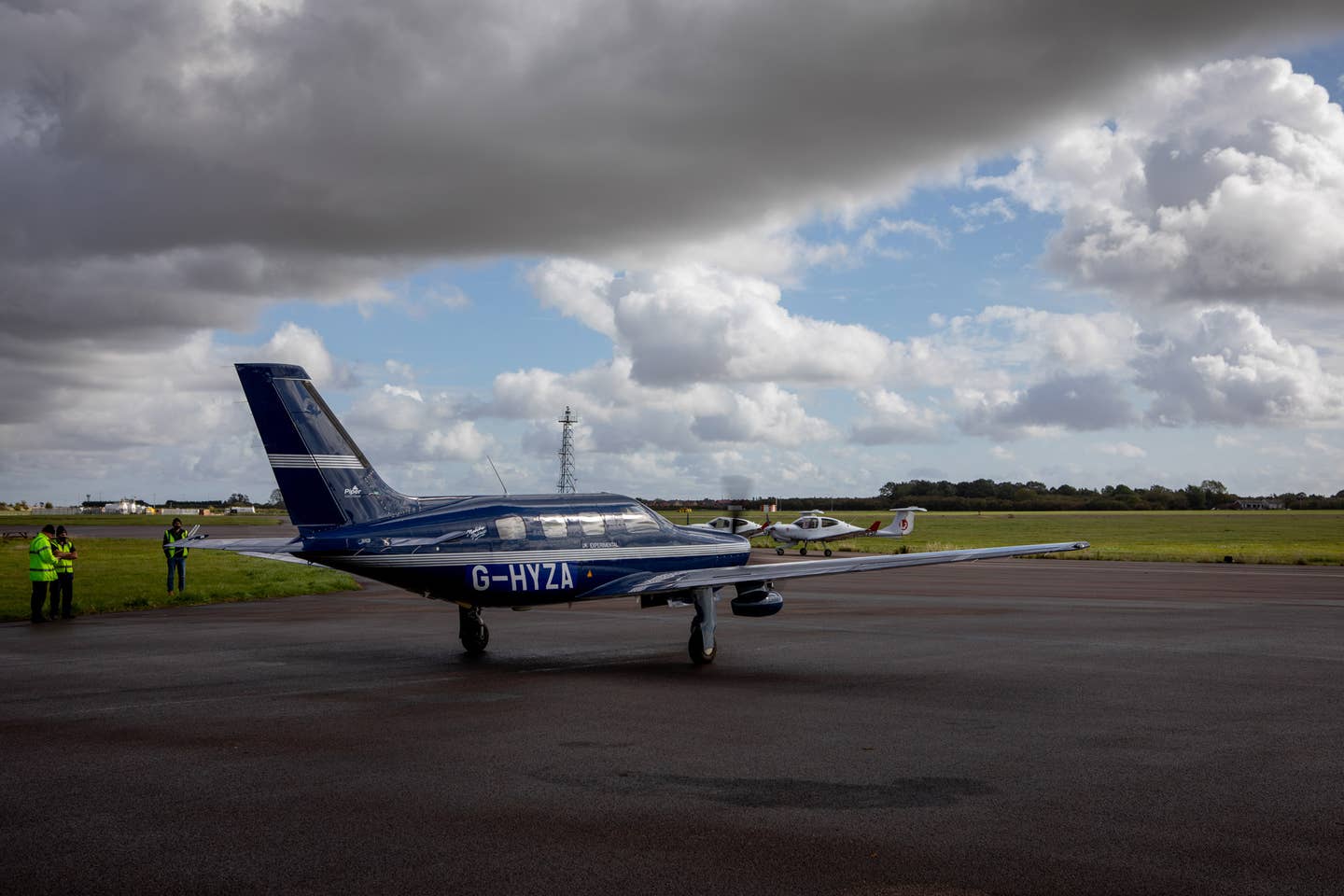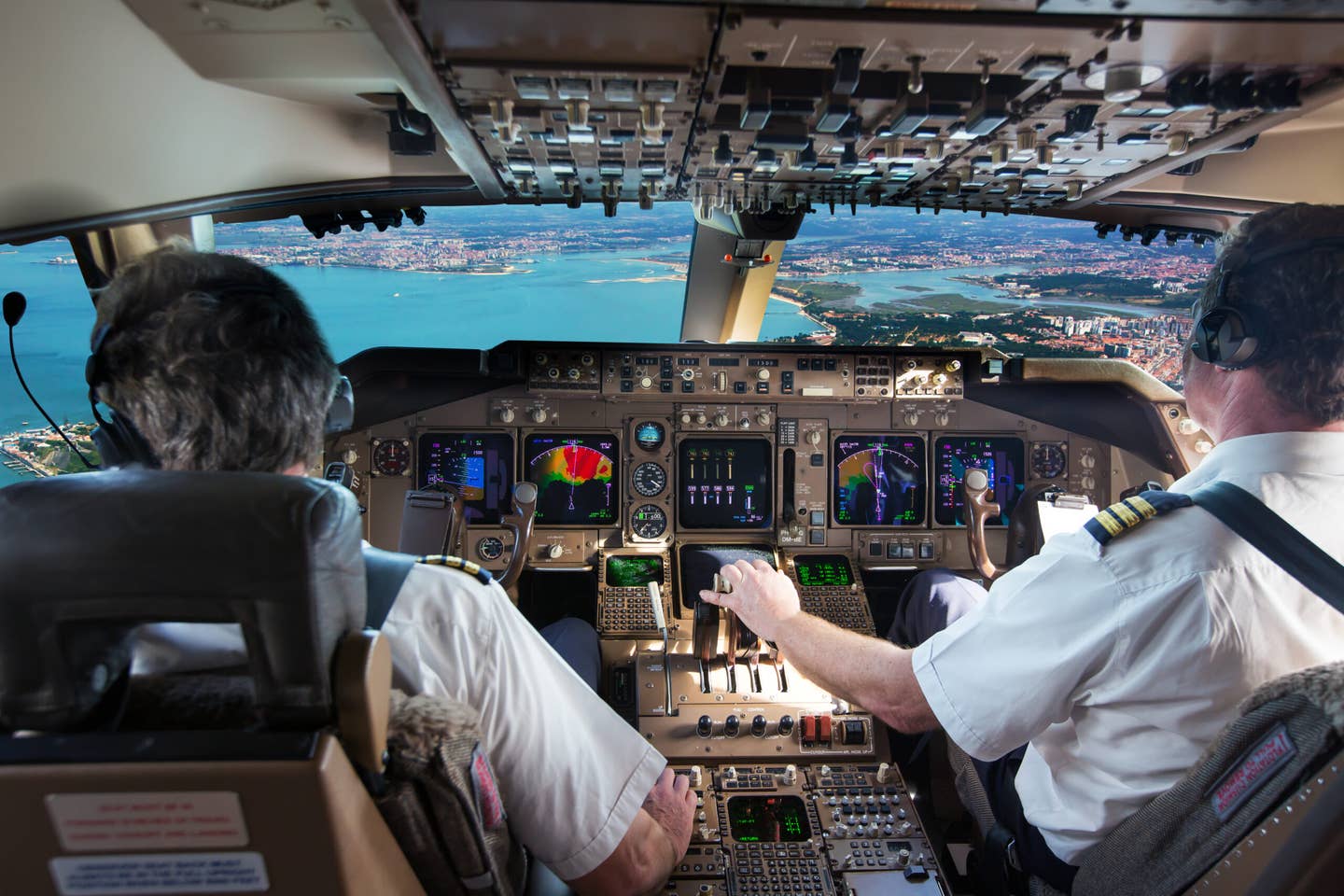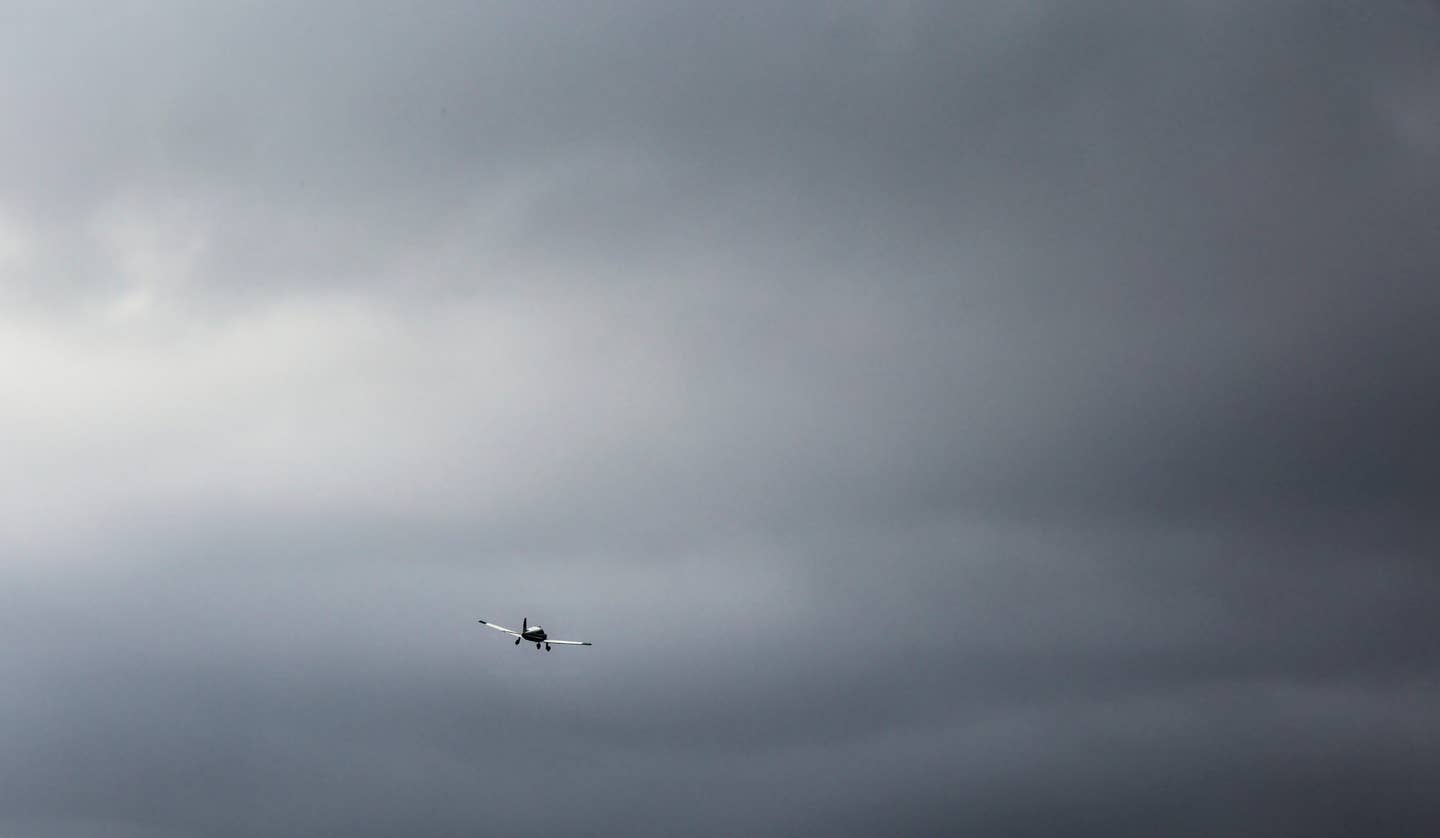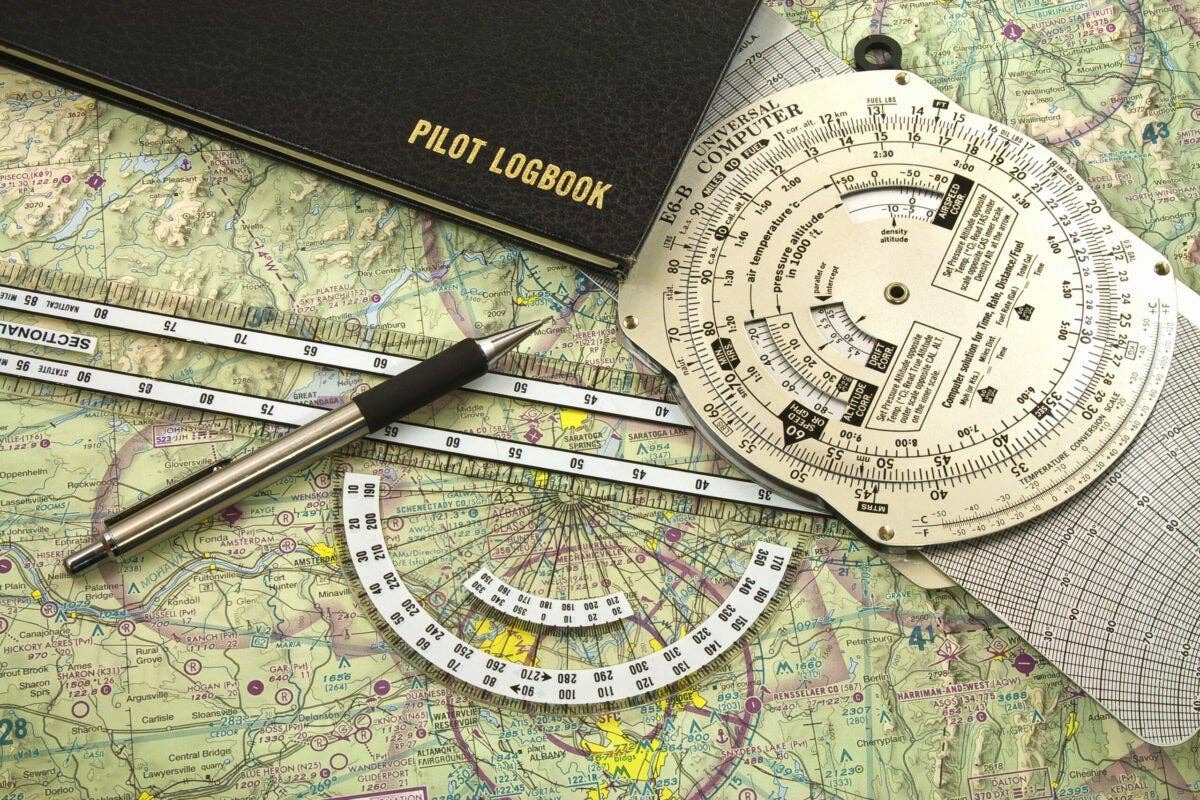What Should a Pilot Do if a Single Engine Quits in Cruise?
Here’s how to handle the throttle, propeller, and other controls to get the best glide if the engine in a single quits.
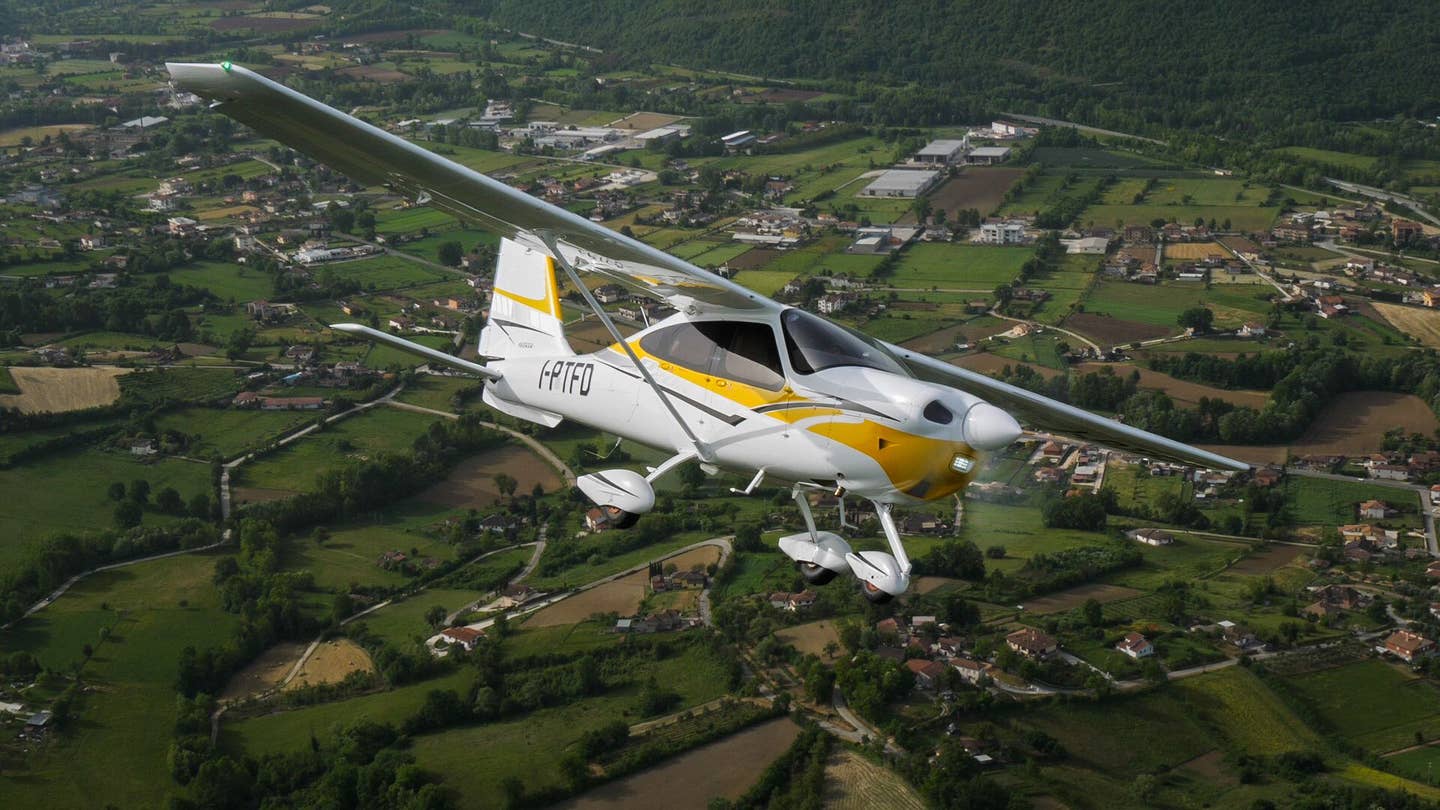
Most piston singles, like this Tecnam, can glide eight times their height above the terrain. [Courtesy: Tecnam Aircraft/Krzysztof Niewiadomski]
Question: If the engine in a single quits in cruise, what should I do with the throttle, propeller, and other controls to get the best glide?
Answer: Most singles can glide eight times their height above the terrain. If you’re at 7,500 feet and the local elevation is 700 feet, you’re about one and a quarter miles above the ground, so don’t pick a place to land outside a 10-mile radius. Don’t count on achieving the longest possible lide—better a nearby cornfield than a distant runway.
If you're not already a subscriber, what are you waiting for? Subscribe today to get the issue as soon as it is released in either Print or Digital formats.
Subscribe NowSlow to your best rate-of-climb speed. If the prop doesn’t stop of its own accord, let it windmill. To reduce drag from the windmilling propeller, open the throttle fully and set a constant-speed prop to the lowest possible rpm (vernier all the way out).
If you’re landing in the rough, turn off fuel to the engine. Slide your seat as far back as you can while still holding the yoke, and make your lap and shoulder belts as tight as possible. Keep the flaps and gear retracted until you’re in position to land, then use full flaps.
Otherwise, touch down on the numbers.
This column first appeared in the November 2023/Issue 944 of FLYING’s print edition.

Sign-up for newsletters & special offers!
Get the latest FLYING stories & special offers delivered directly to your inbox


